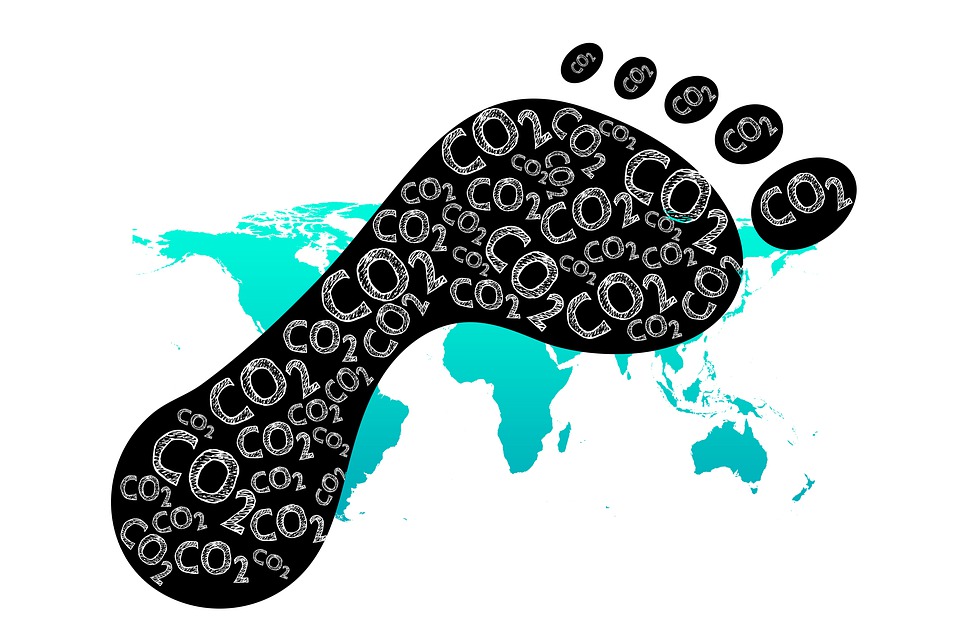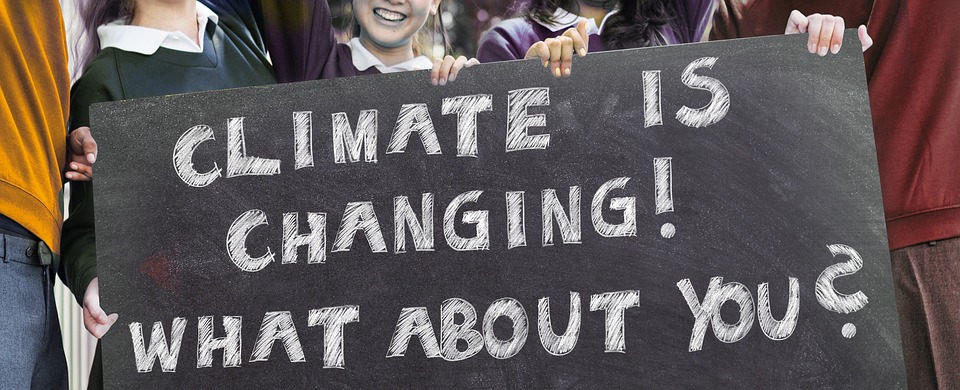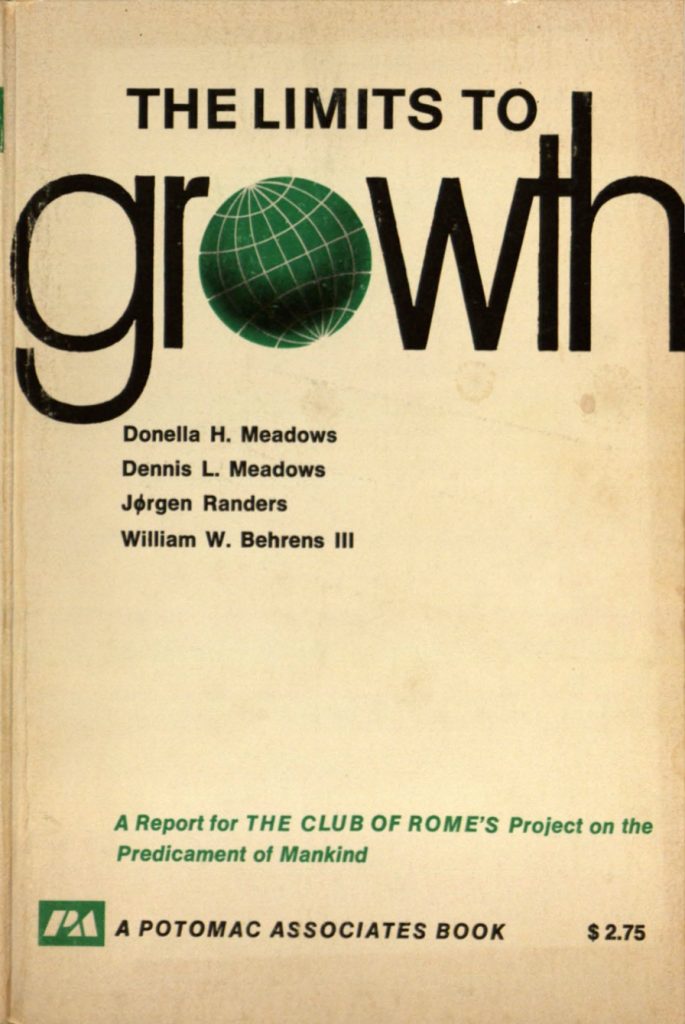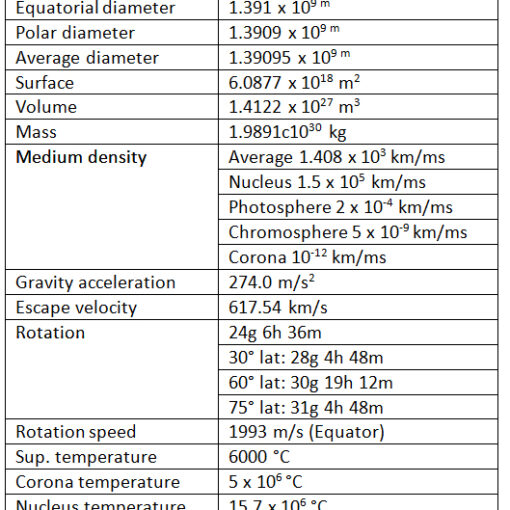
The recent weather conditions, which highlight how the climatic apocalypse is not the future but the present, should suggest that some of the environmental issues, which should have already been resolved for at least two decades, are now unavoidable if we want our species to continue to live on this planet.
It sounds strange to hear phrases such as “we do it for the Planet” or to be asked to change some wrong behaviors “for the love of the Planet”. If insects continue to disappear due to pesticide poisoning and pollution, the Planet will not suffer, but we will no longer be able to eat fruit and vegetables, having to make do with the few plants with anemophilous pollination. In fact, the wind actually pollinates only grasses and gymnosperms. This means that either we will be content to eat only bread and pine nuts or we will stop cultivating using pesticides.
It’s not for the love of the Planet that we should stop burning forests and cementing river beds, but to avoid being buried under landslides or drowned during a flood.
The large serac that broke off at Punta Rocca on the Marmolada glacier on 3 July 2022, overwhelmed groups of hikers and caused 11 victims and 8 injured; the self-healing (V-shaped) storm that hit the Misa and Nevola valleys in the Marche region on 15 September 2022, caused 12 victims and a missing woman, hundreds of displaced people and estimated damages of 2 billion euros.
While we continue to die from wars and disasters due to our inability to manage resources and territories, the Blue Planet continues to peacefully revolve around its Star, regardless of the suicide attempts of our species. Perhaps in his heart, he giggles every time it hears the scientific name that we have attributed to ourselves: Homo sapiens sapiens. Sapiens not once, but twice!
The result of so much “knowledge”? The acceleration of climate change. What geniuses!

And now, while entire regions of the planet are shaken by dramatic events, we discover that a frozen peas company has replaced the plastic bag that contained the product with a paper one. A decisive event for the salvation of humanity!
But what if we ate seasonal legumes purchased at the local market that sells local products and then took them home in a durable bag, instead of traveling around two ounces of peas for hundreds of kilometers closed in an envelope (even if made of paper) and stowed in refrigerated trucks? How many CO2 emissions, due to the fuel consumption of trucks and the energy used to keep the frozen product, would we save?
If we went into a hypermarket and looked around, evaluating the percentage by weight and volume of the packaging compared to the food they contain, we would be amazed by the proportion and it would be necessary to ask ourselves what, in reality, we are buying. There are many consumers who really believe that replacing a few ounces of plastic with paper can justify the enormous amount of CO2 that is emitted into the atmosphere by the transfer of goods and by industrial packaging systems. And let’s not forget to add the enormous amount of energy needed to light, heat or cool the huge space that houses a shopping centre.
The fact of being unable to continue with this economic system which leads to an incautious use of planetary resources must, first of all, induce us to leave the role of consumers and try to enter that of citizens aware of all the implications that each of our single actions has on our life, that of the territory and of the community to which we belong.
It is certainly difficult to ignore the solicitations to buy useless or even harmful things that come to us from the media, which invade every little space or moment of our daily lives, but the alternative does not exist. Without sounding dramatic, we highlight how it is necessary to find a way to decipher the complexity of the world in which we live and to look for the key to our responsibilities, to decide how to deal with our lifestyle.
It can also be fun to discover how many useless things have cluttered our lives. It’s more fun to discover that some of what seems to us social obligations that condition our image are actually small slaveries that we can shake off without any suffering and with a great sense of liberation.
It was surprising to see how the 27th United Nations Conference on Climate Change (COP 27), even considering the dramatic change in the geopolitical framework caused by the Russo-Ukrainian war, failed to implement practically anything of what the previous meetings had ratified. And yet, what is happening due to the insane way in which economic and natural resources are managed cannot surprise us, because as early as the end of the 1960s alarm bells had begun to ring which should have made governments and populations of the whole earth.
In this sense, I think it is interesting to give a brief account of how, despite fifty years of “warnings”, we have been able to reach this point, even at the cost of worsening the esteem we have towards the reasoning capacity of our species.

In 1968 Aurelio Peccei and Alexander King, a Scottish chemist and entrepreneur, invited a group of thirty people from ten different countries to the “Accademia dei Lincei” in Rome. They were scientists, economists, philosophers, industrialists, and businessmen. It was the first step towards the establishment of the “Club di Roma”, an organization not financed with public funds which set itself the objective of promoting understanding of the global challenges that were beginning to lie ahead for the future of humanity and proposing solutions through scientific analysis of the problems.
The assumption was that the challenges were so interconnected that traditional public institutions could not be able to fully understand their substance and effects and it was, therefore, necessary to identify specific ways to deal with them. On the basis of these premises, a project was launched that aimed to study the future of the planet and above all the necessary limits which must be taken into account.
The first preparatory document, Project 1969, set out the outlines of a new science for planning the future, based on the assumption that man and nature constitute an integrated macrosystem. It was in June 1970 that Jay Forrester, a researcher at MIT (Massachusetts Institute of Technology), proposed to set up a simulation of the interactions between the main factors that contribute to determining humanity’s problems. The simulation would have been carried out using computers, whose immense potential was being discovered in those years.
Thus it was that in March 1972, ten years after Rachel Carson’s Silent Spring and shortly before the Stockholm Conference on the Human Environment, The Limits to Growth appeared, an edited report by the System Dynamics Group of MIT and presented at a conference organized at the Smithsonian Institute in Washington.

The Report offered a forecast on the state of the world in the near future, making use of a mathematical model which simulated the trend and mutual interaction of five factors at a global level: the growth of industrialization, the increase in population, the insufficiency of food and water needed to cope with its increase, the progressive consumption of non-renewable natural resources and the deterioration of the environment caused by pollution.
Many simulations were carried out in the following years, above all to predict the effects of climate change or the decline of biodiversity: all of them reported the renewal of planetary natural resources over time in a graph showing an almost linear trend, while the increase in industrialization and population has a curve that tends upwards.
But while the Report, taking into account the trends of the parameters relating to those years, predicted an imminent catastrophe, the current parameters give less dramatic results for the first four factors examined, while the forecast of the Report on the limits of the Planet in absorbing the various forms of pollution produced by development has turned out to be terribly correct. The demonstration of the correctness of this prediction is offered today, in addition to widespread pollution, by climate change produced by the uncontrolled emission of greenhouse gases caused by human activities into the atmosphere.
The destiny of our species is also in danger due to another important factor, which the Report did not take into consideration: renewable resources. Recent decades have seen an increasing rate of extinction of both plant and animal species; biodiversity is everywhere in decline. The report published in May 2019 by IPBES, Intergovernmental Science-Policy Platform on Biodiversity and Ecosystem Services, the international scientific institution established in 2012 for the study of the causes and effects of biodiversity, documented that its reduction proceeds with growing rapidly due to pollution, industrialization and climate change, with serious and perhaps irreversible damage to agriculture and the natural infrastructure that sustains human life.
Credits
Author: Anna Lacci is a scientific popularizer and expert in environmental education and sustainability and in territory teaching. She is the author of documentaries and naturalistic books, notebooks, interdisciplinary teaching aids, and multimedia information materials.
Translation by Maria Antonietta Sessa



